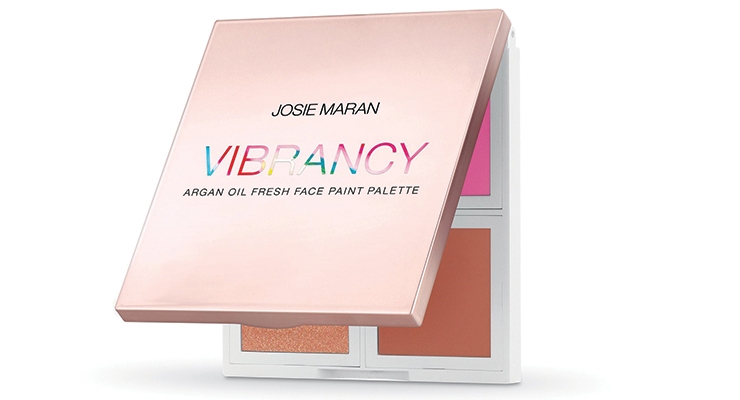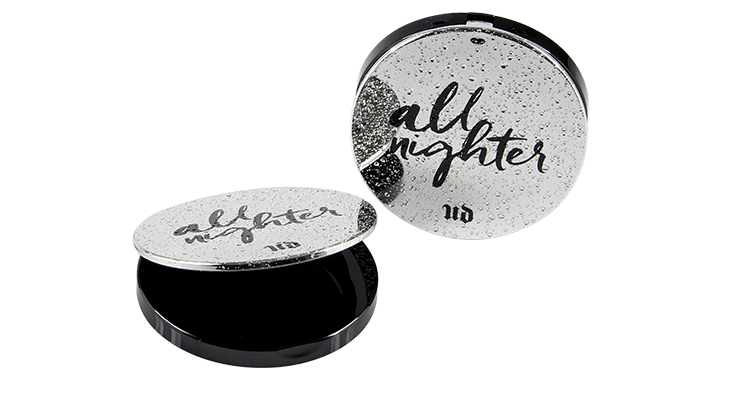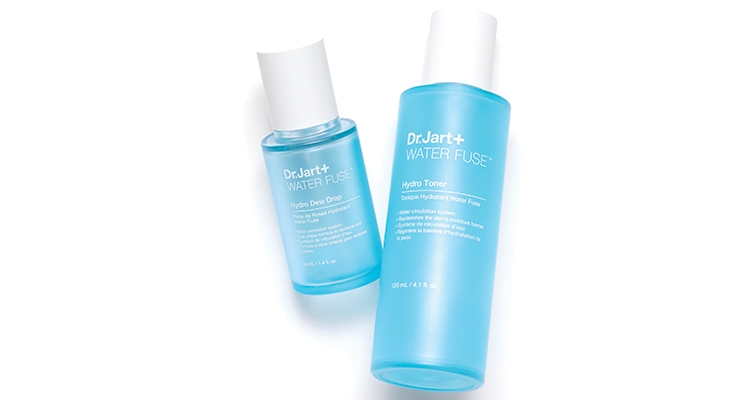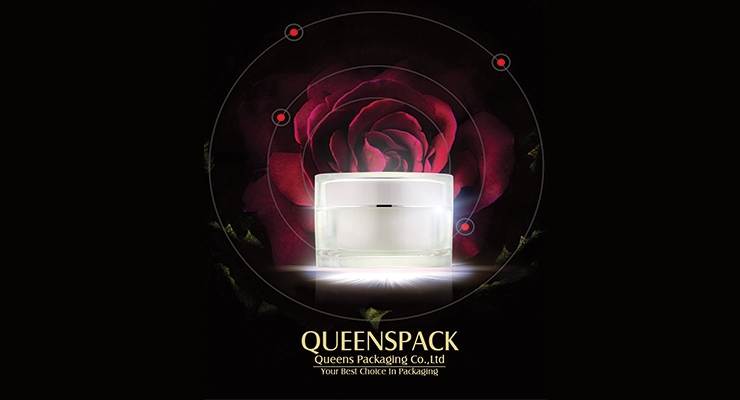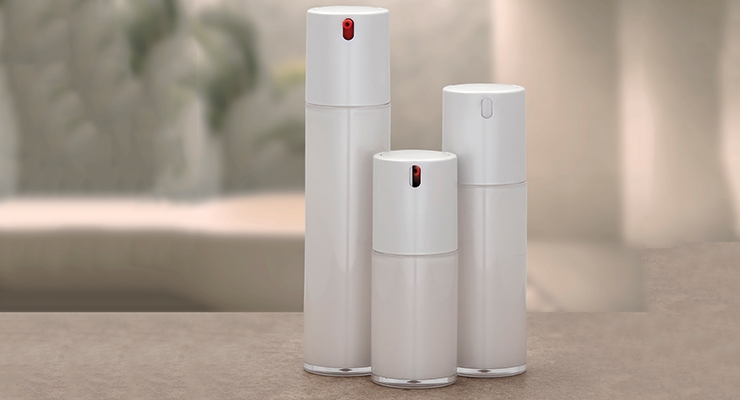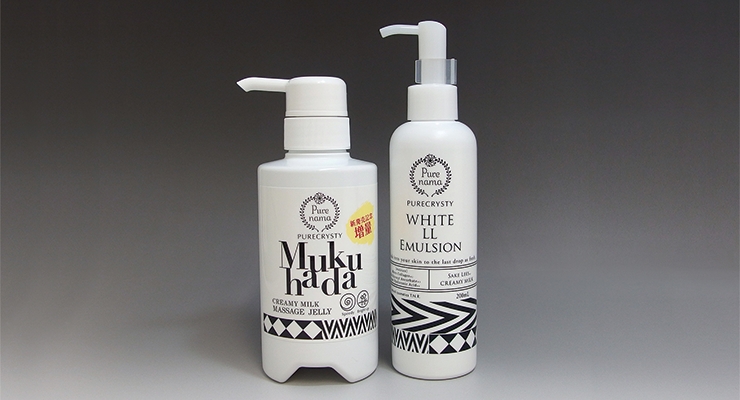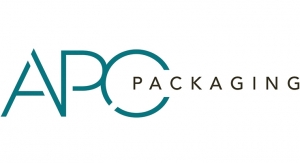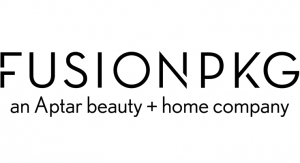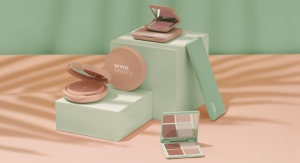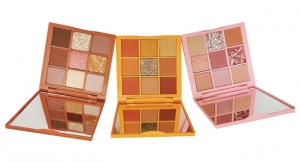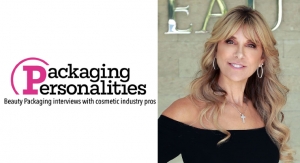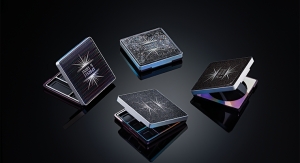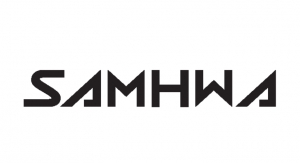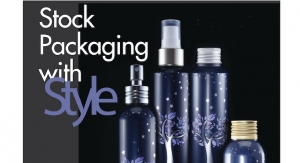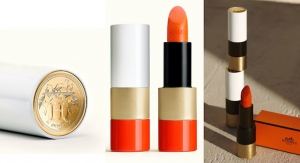Joanna Cosgrove, Contributing Editor07.26.18
Packaging options for color cosmetics, fragrance and personal care products are about as varied as the products they contain. And in an industry where speed to market can make or break a brand, the immediate availability of customizable stock packaging has become a go-to resource for both emerging and existing brands hoping to create a distinctive impression without breaking the bank.
“Beauty consumers are craving newness at such a fast pace that stock packaging is helping brands react and get product to the market more quickly,” says Jessica Cahalen Tarangioli, vice president of business development, Fusion Packaging, Dallas, TX.
Fusion markets a wide range of stock packaging and componentry, including airless bottles and tubes, droppers, prestige jars, direct applicators, compacts, lipsticks, lip gloss and beauty sticks. “Our stock packages come in a variety of sizes, have a reasonable minimum order quantity and are ready for production—meaning no tooling time or costs associated,” Tarangioli says, pointing out how attractive this prospect is to brands. “They can easily and quickly enhance and customize our stock packages to fit their unique visual identity through a wide range of decoration processes.”
Fusion has worked extensively with Urban Decay in recent years and in May, unveiled the compact packaging the edgy brand selected for its All Nighter Waterproof Setting Powder. The premise of the product is that the weightless powder “instantly makes any foundation totally waterproof” and the packaging was cleverly customized to emphasize just that. Beginning with one of Fusion’s stock 80mm compacts, the compact was injected in standard black, accented with shiny silver UV metallization and enhanced with a one-pass silk screen that deposited a water droplet-like spray on top of the compact cover.
The single-well compact is part of Fusion’s new color packaging line-up. “The round and minimal silhouette brings a modern take to color cosmetic compact packaging,” the company said. “Both cover and base are made of lightweight ABS that is ideal for impact resistance and perfect for protecting delicate pressed powders.”
“Stock packaging provides the quickest way to launch as well as the flexibility to modify and tailor to any brand specifications,” says Megan Gunn, marketing manager for World Wide Packaging LLC (WWP), Florham Park, NJ. WWP offers an extensive array of stock packaging and has expanded heavily into the compact category with the new Pebble range family, Halo family and an interchangeable “Retro Grade” 4-, 6-, or 8-well compact.
WWP’s latest foray into branded beauty compacts was in partnership with Josie Maran Cosmetics, which sought a face compact component for a formula that could be used on the cheeks, eyes and lips. The company chose WWP’s Quad Compact, which features a molded neutral cover that WWP metallized in rose gold and embellished with a multi-color heat transfer label inspired by the brand’s Vibrancy Foundation logo, plus a UV coating. The inside of the compact features a molded white base customized with an iridescent pearl spray, plus a mirror.
“This package was a good fit for this product and the vision Josie Maran Cosmetics had for it because of the overall shape and size of the component,” comments Gunn. “They were also looking for larger than standard eyeshadow wells because of the multi-use formula.”
Speed + Flexibility
In addition to cost savings, the two biggest advantages to choosing in-stock packaging over custom options is its quick availability and its propensity for flexible customization. Add to that, today’s stock offerings are more than just plain white bottles. Suppliers are offering lots of new configurations, including items for the ultra-hot lip and skincare market segments.
Stock is a godsend for Indie and startup brands requiring lower minimum order quantities. It’s also the right choice for brands launching promotional or limited-edition items.
“Small brands do not have the capital, generally speaking, to invest in all customized tooling so they utilize stock packaging and use different decoration techniques to allow this item to showcase the brand’s personal DNA,” says Sherri Ruffini, senior director of sales, SamHwa USA, Hoboken, NJ. “For large brands and/or promotional items, they will utilize a stock item and decorate it to align with the brand. You would not invest in customized tooling for a one-off promotional item; this is where stock packaging is important to large brands.”
In addition to recently investing in six heavy blow molding machines to offer customers an alternative to glass, SamHwa also added round, square and hexagon-shaped stock packaging lines to its packaging menu.
The company worked with skincare brand Dr. Jart to customize 40- and 120ml heavy blow molded PET rounds to exude a premium, luxury vibe. “The brand was inspired by the design (shape) of the product and the phenomenal resemblance of glass, but decided PET was safer from a quality standpoint,” Ruffini says. “The custom color-matched bottles in translucent aqua blue have spray coating and custom color-matched actuators showcasing the DNA of the formula.”
As more brands expand their product lines with new SKUs, so, too, do stock packaging suppliers. “As a packaging manufacturer, we have become more flexible with our ability to stock, basing our stock quantities on previous order trends, customer forecasts, and also foreseeable sales,” comments William Chu, U.S. sales manager of Queens Packaging Co. Ltd. (Queenspack), Brea, CA. “This helps us cut down lead time on popular highly customizable products that can be altered to fit most of our customers’ needs.”
Queenspack doesn’t offer a stock option on all of its products; however, Chu says they are currently evaluating the need to widen the stock variety they do offer because more customers are requesting it. For the time being, the company currently carries stock iterations of popular containers, such as cylindrical and square acrylic jars as well as various acrylic bottles. The company also utilizes special 3D printing machines to assist in the printing of smaller order quantities.
For Chris James, vice president of sales, East Hill Industries, Carrollton, TX, the “intelligent” stocking of customizable, modular stock packaging solutions–even those that are considered “premium” like wood and airless components–has become a big trend in terms of facilitating speed to market. Digital printing is another big trend. “Digital printing is making forays into the market as the fastest decoration method, delivering amazing results, even on uneven surfaces like wood,” he says. “Cost is still a factor but, as demand rises, this will inevitably come down.”
The cost-saving benefits, he says, are a result of packaging providers leveraging their purchasing power to negotiate large quantities of client-specific items at attractive rates and hold them in stock exclusively for brands. “With the right references in stock and the capacity for professional decoration, packaging developed from standard stock can be dressed up to look truly exceptional–and is much faster to develop than a custom project.”
APC Packaging, Ft. Lauderdale, FL, carefully curates its stock lines to meet market trends and keep products available and ready to ship from its Fort Lauderdale warehouse. “This allows us to get a product into our client’s hands in just a few days, saving 10-12 weeks when compared to a custom packaging item,” comments the company’s Bryce Peacher, marketing manager.
Demand plays a big role in the products that are added to a company’s stock repertoire.
Peacher says two of APC Packaging’s custom package designs have generated enough interest that the company is considering offering them as stock. First is a gradient-sprayed and vacuum-metallized JWB series of bottles and matching gradient-sprayed jars. The second is the Smart Nozzle airless bottle, which incorporates a specially designed twist-and lock nozzle mechanism that retracts the nozzle inside the housing, preventing mess and keeping product safely inside the bottle. (Hear about APC's inner spray technique in this video.)
Improving Eco-Consciousness
While most facets of the packaging segment have already adopted measures to improve the sustainability of their packaging, APC Packaging’s Peacher says the stock packaging market is reacting relatively slowly by comparison.
“We have found that the brands looking for this type of packaging tend to be well-versed in the different kinds of sustainable materials and they know exactly what they want,” he says. “The challenges we have encountered have been in sourcing materials available in natural colors—since a lot of Post-Consumer Recycle (PCR) materials are only available in black or mixed colors—and educating factories about the difference between PCR and Post-Industrial Recycle (PIR), since PIR materials are easier to source, but most brands specifically want PCR materials.
“As a market challenge, eco-friendly PCR is also a more expensive material and follows market pricing at a much slower pace,” he continues. “While APC Packaging has had some success in being cost-neutral for PCR, we are definitely an exception.”
He goes on to assert that the market isn’t yet large enough, and there are too many variables involved, for eco-friendly materials to be included in a stock packaging program. “What we have seen is that the brands who truly want their packaging to be eco-friendly will either pursue a custom program or choose to go with glass,” he says.
But that’s not to say the movement hasn’t made an impact. Bigger corporations are adapting by implementing changes to their current brands and some newer brands will develop everything in a very eco-friendly way, according to Denis Maurin, vice president of sales and industrial innovation, HCT Group Inc., Santa Monica, CA. “In response to this demand we are testing some new eco-friendly materials ourselves at the moment,” he says. “Our goal is to be able to use our stock tools with post-consumer recycled materials to reduce the use of virgin materials and bio materials.”
Maurin adds, “We are also starting to design new components with recyclability in mind; such as using single materials for components that are easier to recycle rather than mixed materials that cannot be recycled.”
Additional evidence of packaging adapting to the times are sustainably sourced wooden packaging components from East Hill that are sourced from Quadpack, and 100% sustainable tubes (inclusive of a CT closure) from WWP that are made of sugar cane resin.
The advent of more strenuous environmental regulations has prompted Queenspack to implement several changes to its product offerings. “For all decoration processes that involve a possibility of environmental hazards, we have partnered with various environmentally safety approved factories that can continuously provide us with required decorations and processes,” Chu explains. For example, Chu says they have adjusted the products they offer to reduce the amount of anodized aluminum used.
Additional improvements in equipment and machinery also aid in the reduction of poor quality products during production, thus lowering the quantities being considered as secondary. “By communicating with our customers and producing larger batches per production and forecasted stock, we minimize the impact of wasted production processes,” Chu says. “For example, if plating can be done at 10,000 pieces per batch, and the production is for 8,000 pieces, we will fill the batch with future stock. This would drastically impact the waste of unused production processes.”
New York-based Takemoto develops environmentally-friendly products based on the three concepts; Recycle, Refill/Reuse and Reduce. “Generally speaking, Recycle seems to be the most common or popular concept in the American market so far, considering the inquiries,” says the company’s Atsko Fukada, senior director. “Our customers [like] our PCR PET products because the color of our PCR PET is as clear as the color of virgin PET.”
Takemoto worked with Japanese brand TNR KK Co. to customize packaging for its skincare products. For its Emulsion Lotion, the brand sought a 200ml bottle that would protect the natural ingredients in the formulation from exposure to air. It also required a heavy-duty pump because the formula, rich with raw sake cake and rice extract, was extra viscous. Takemoto satisfied both needs with one stock package: a delaminated bottle fitted with an airless pump.
For its Creamy Milk Jelly, the brand selected a Takemoto 300ml delaminated bottle and airless pump, but this bottle had a unique structural difference. “This exfoliating gel is designed to be used inside of the bathroom, in the shower or bathtub,” explains Fukado. “Regular delaminated bottles may suck water between the outer bottle and the inside of the sac if customers place the bottom of the bottle on a ‘puddled’ surface. The bottom of this PEPD II series bottle…has a lifted bottom to [prevent that from happening].
“This lifted bottom series was just launched at the time the customer was looking for the special featured bottles,” she adds. “The timing was right on!”
Stock packaging and componentry can be a winning resource for brands hoping to make a memorable impression with their packaging. With an ever-expanding range of affordable, customizable options, stock is a great way to stretch your creativity and maximize your bottom line.

